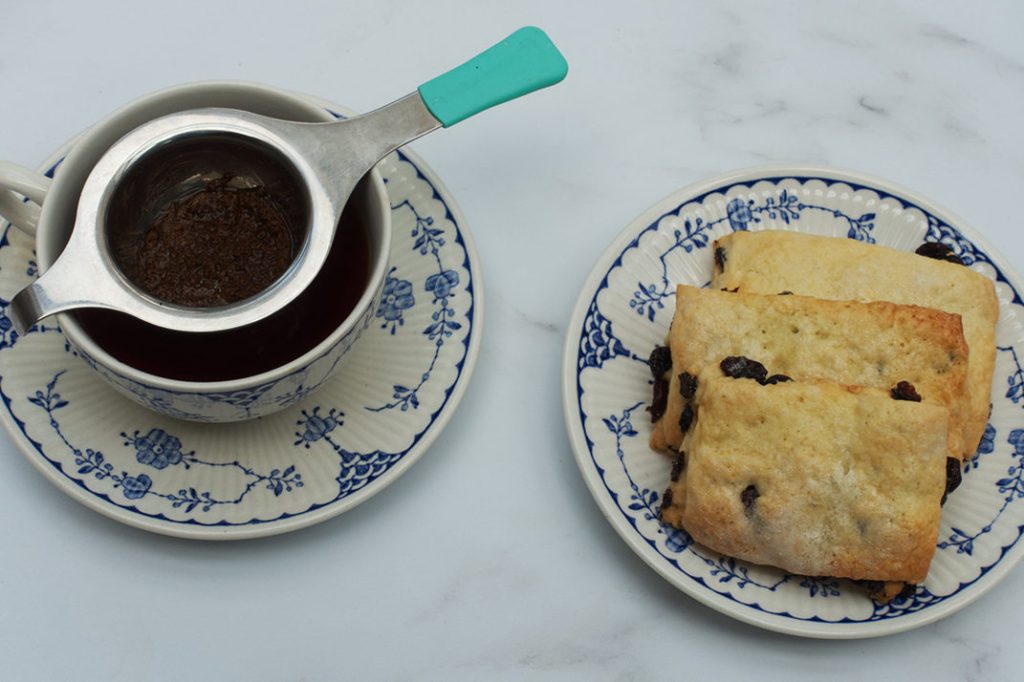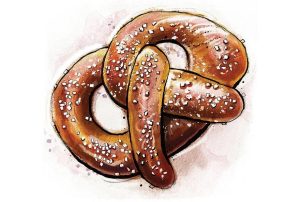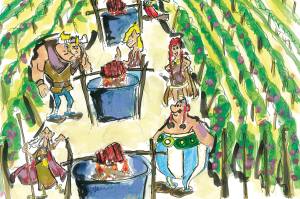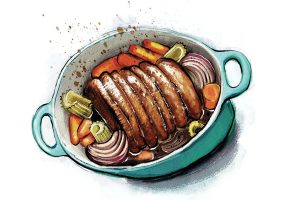I’m not sure that many people would choose the unassuming Garibaldi as their favorite biscuit. Garibaldis aren’t flashy: there’s no luxury chocolate, no pretty, brightly-colored icing, no fancy-pants shapes. They aren’t squidgy, trendy cookies, or wholesome buttery shortbread. In fact, they’re often called squashed-fly biscuits because the currants baked into the dough resemble, well, squashed flies. And yet, they persist. Garibaldi biscuits have stuck around for 150 years, outseeing fads and fickle consumers, keeping their place on supermarket shelves for longer than almost any other biscuit.
The biscuits have an unlikely namesake: Giuseppe Garibaldi, an Italian general, who fought for Italian unification. By the time Garibaldi sailed to the UK in 1854, he was already a celebrity, and his popularity only grew with time. By the 1860s he was a superstar and a household name; historian A.J.P. Taylor grandly declared him ‘the only wholly admirable figure in modern history’. Britain was obsessed by the Italian hero: a flurry of homeware items were made depicting him, from figurines to tankards, and his name was used for pubs and streets. Nottingham Forest soccer club named the color of their strip ‘Garibaldi red’. The majority of these have fallen by the wayside, but the biscuit prevails.
The biscuit was first made in 1861 by Peek Freans, a Bermondsey biscuit company who had begun by making hard tack biscuits for sailors. Keen to expand their repertoire towards more universally attractive (and therefore more palatable) biscuits, they brought in Jonathan Dodgson Carr. Carr — perhaps more famously known now for his eponymous water biscuits — was the first person in Britain to successfully produce biscuits on an industrial scale. And he worked his magic by creating the Garibaldi biscuit.
The biscuits haven’t really changed since their inception: they are made of two layers of crisp, golden sweet dough with a layer of currants between them, glazed on top with a little sugar. They’re an easy biscuit to make — and an even easier one to shape: traditionally, they are in simple, rectangular shapes. They shouldn’t distort in the oven, or crumble in the hand, and they keep well in a biscuit tin.
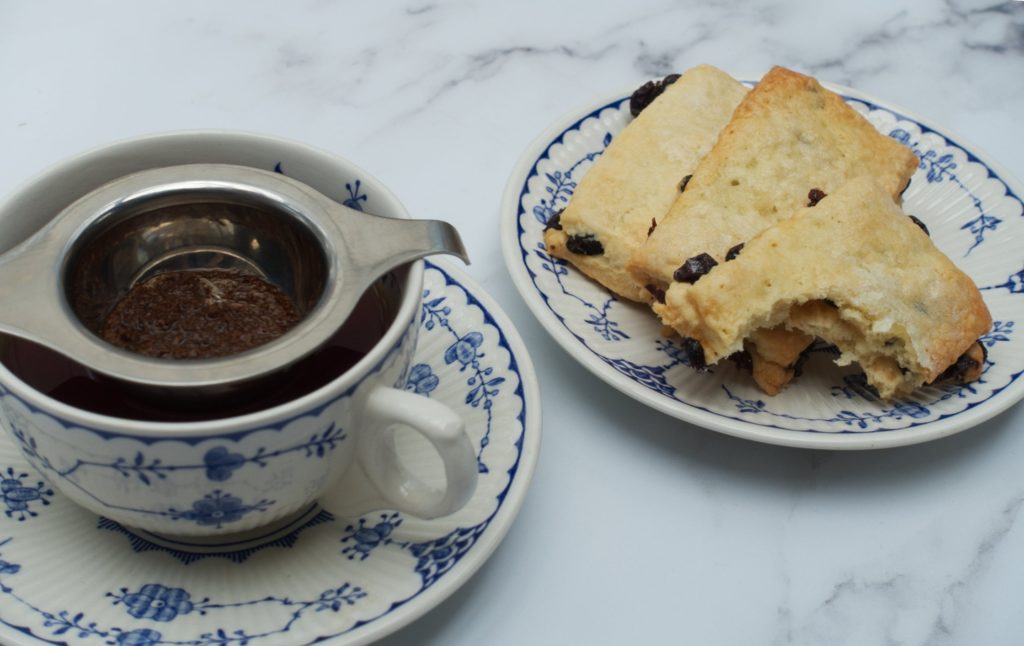
Garibaldi biscuits
Makes: 12 biscuits
Takes: 10 minutes
Bakes: 25 minutes
2⅛ oz butter, cold and cubed
5 oz self-raising flour
1½ oz caster sugar, plus sprinkling
¼ teaspoon fine salt
1⅓ fl oz milk
3½ oz currants
1 egg white
- Preheat your oven to 320°F and line two trays with baking parchment
- Rub together the butter and self-raising flour until it resembles breadcrumbs. Stir through first the sugar and salt, and then the milk, and bring it together into a dough
- Divide the dough in two. Dust your work surface with a little flour, and roll one half of the mix out into a rough rectangle a couple of millimeters thick
- Scatter the currants across the dough. Roll out the second half of the dough to a rectangle about the same size and thickness as the first. Roll the dough up onto your rolling pin and drape over the currants and dough; press gently so that the two layers of dough stick together
- Trim the edges of the dough so that they’re straight, then cut the dough into rectangles about 2in by 4in. Lift carefully onto the lined trays. Brush the cut biscuits with a little egg white, and sprinkle caster sugar over the top. Bake for 25 minutes, then leave to cool completely before removing from the trays
This article was originally published on Spectator Life.
